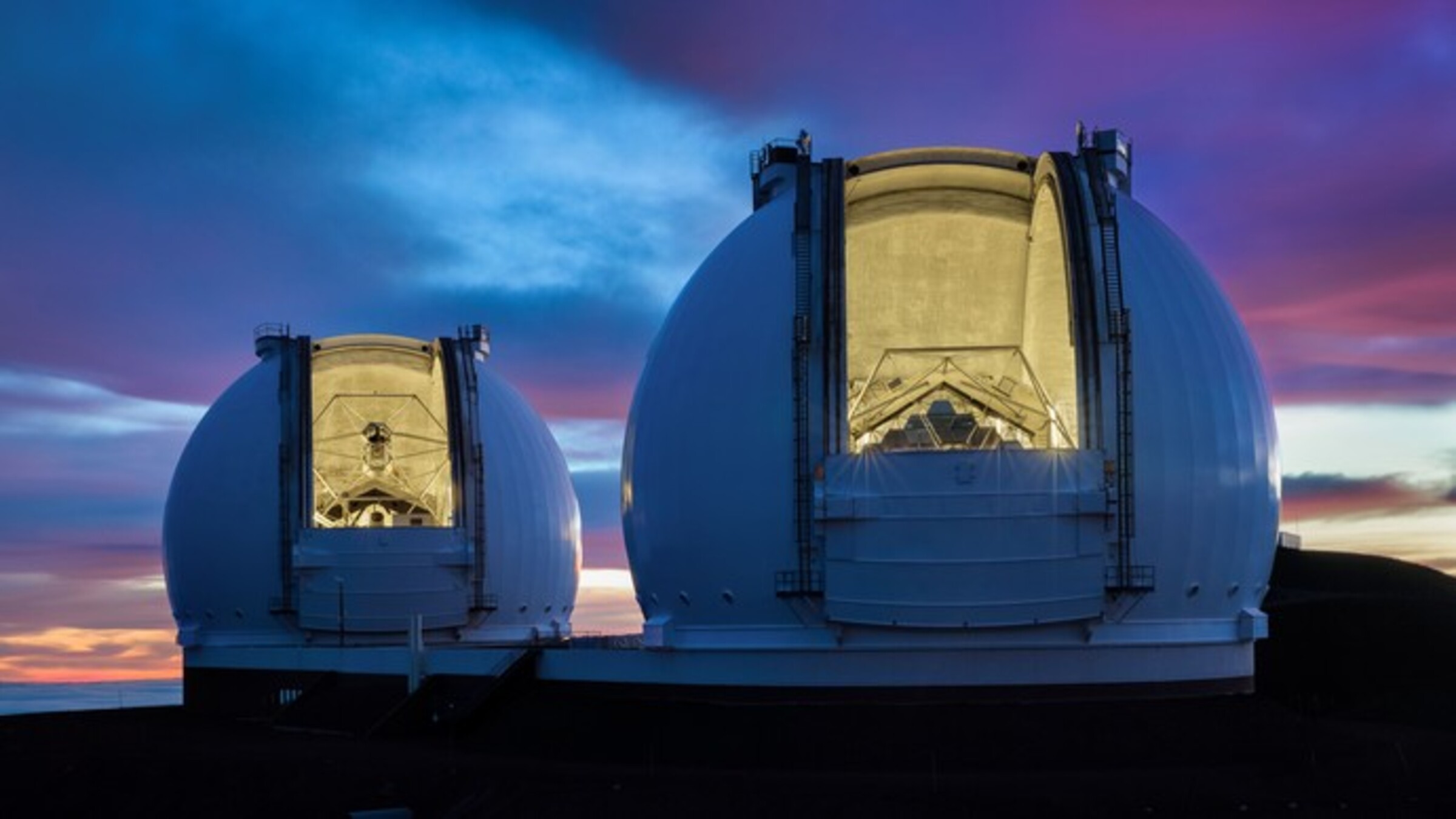

Dr. Dan Masters (JPL) has been awarded 10 nights on the Keck Telescopes for Euclid photometric redshift calibration work.
A primary objective of both WFIRST and Euclid is to provide a 3D map of the distribution of matter across a significant fraction of the universe from the weak lensing shear field, but to do so requires accurate redshifts to the billions of galaxies that comprise the weak lensing samples of these surveys. The analysis in Masters et al. (2015) showed that a major limitation for photo-z estimation is the lack of representative spectroscopic samples, and inspired their successful NASA Keck program called the Complete Calibration of the Color-Redshift Relation (C3R2) survey. C3R2 has the ambitious goal of comprehensively mapping the empirical galaxy color-redshift relation to the depth of the Euclid mission.
Masters is the PI of a successful Keck proposal for a 2-semester, 10 night Key Strategic Mission Support program to complete the Euclid calibration in support of both the NASA PCOS and COS science goals. Because more than 80% of the C3R2 allocations to date have been with DEIMOS, this proposal emphasizes the LRIS and MOSFIRE observations required to calibrate galaxies at 1.5<z<3.3, where DEIMOS is inefficient. As part of this program they will also conduct a spectroscopic pilot study to explore the calibration needs the WFIRST weak lensing survey, which, due to its use of deep near-IR observations to select its shear sample, will detect a significant number of sources fainter than the Euclid optical depth limit. The team has conducted a funded WFIRST preparatory science (WPS) study to investigate this issue, and the results will be used to inform our WFIRST pilot program.